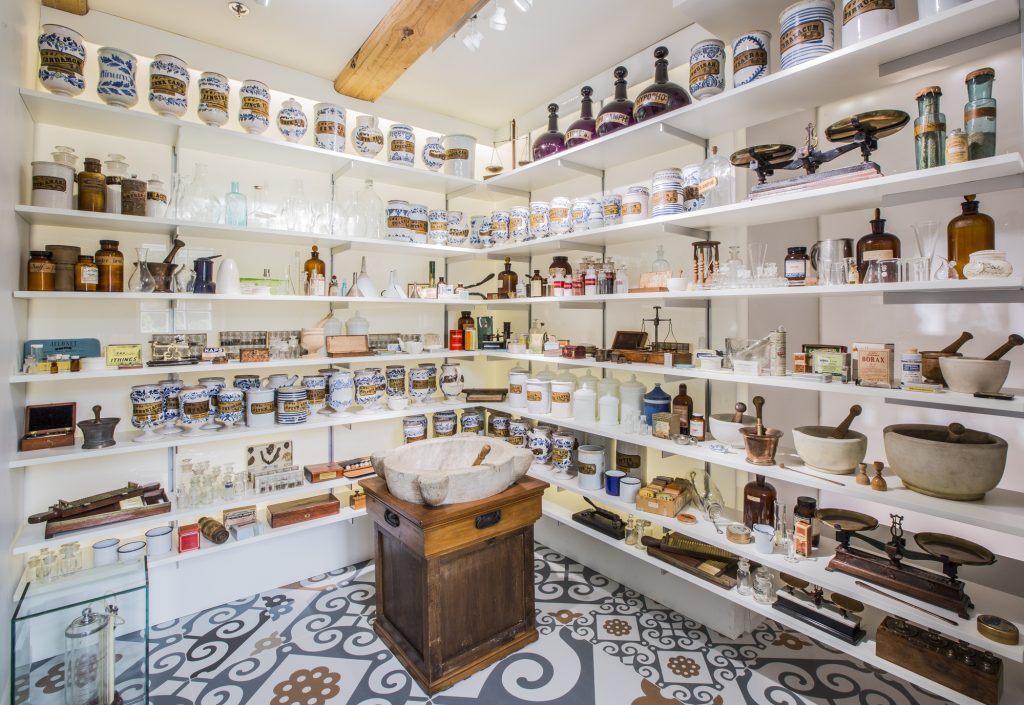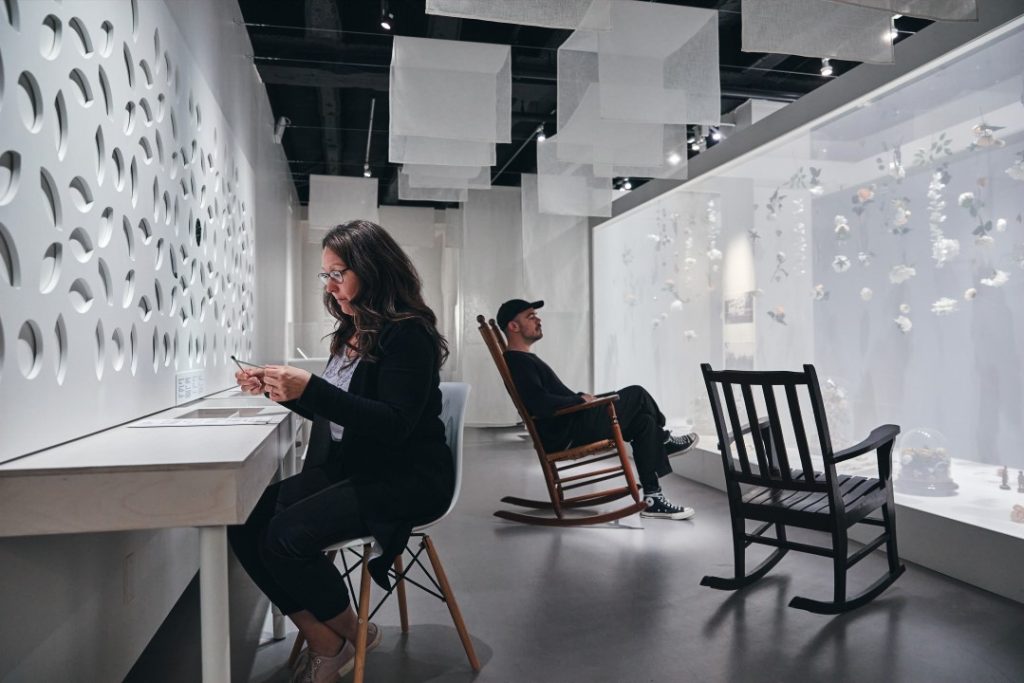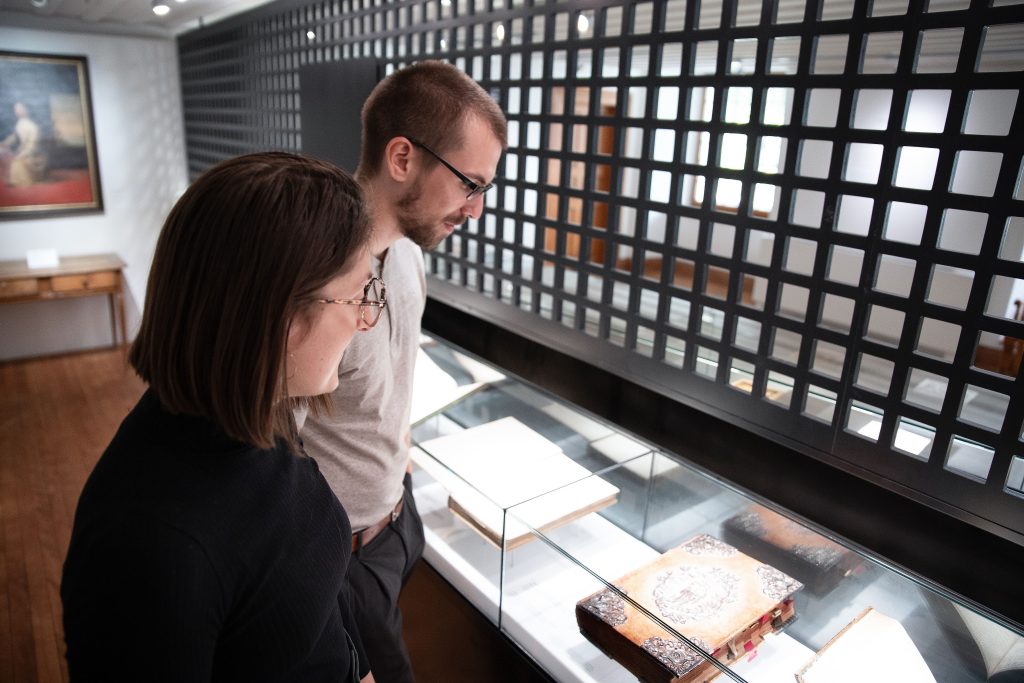When museums contribute to well-being

In 2019, a report from the World Health Organization revealed that art can be beneficial to health, both physical and mental. The WHO report was based on an analysis of over 900 scientific publications covering literature, music, visual arts, performing arts and dance.
This recognition of well-being through the arts confirms what some researchers had been saying for years: art makes people feel good. From this research emerged art therapy and museotherapy, two concepts that continue to fuel reflection on our relationship with art and health, and which are also popular with museums around the world.
What is museum therapy?
Museum therapy is a recent term recognized by the Office québécois de la langue française since 2020. It is “an individual or collective therapeutic method that consists in exploiting the museum environment for the purposes of physical, psychological and social well-being”.
Simply put, it’s creating a therapeutic method based on the museum and its mediation activities, aimed at well-being, wellness or support for an ongoing therapy.

Are museum therapy and art therapy synonymous?
Art therapy and museum therapy are two distinct but closely related practices. Art therapy relies on creativity (painting, dance, theater…), while museum therapy relies on visiting museums to feel good. In the case of museum therapy, this translates into contact with objects and works of art, and participation in museum mediation activities.
What are the benefits of museum therapy?
For visitors suffering from certain illnesses, museotherapy can be part of a non-pharmacological care plan. It can be applied to psychiatric, neurological or physical pathologies. Some doctors prescribe museum visits for their patients.
Moreover, numerous studies and projects on the subject have been carried out. Take, for example, the “Alzheimer’s Project” at the Moma (New York’s Museum of Modern Art), initiated in the early 2000s to make art accessible to people suffering from dementia and their caregivers. It was possible to observe an increase in responsiveness, interaction and good humor among patients and their carers.
The effects of museum therapy are also noticeable in people without pathologies. Like other monuments such as churches, museum architecture generally encourages contemplation, reflection and well-being. The museum is also a place for socializing and meeting people. It has also been observed that the contemplation of works of art promotes well-being and introspection. Activities are offered to the general public at museums such as the Musée national des beaux-arts du Québec and the Montreal Museum of Fine Arts.

Heritage and well-being, a new avenue
The Monastère des Augustines’ team is currently preparing its next permanent exhibition, due to open in 2025. Inspired by the extensive art therapy and museum therapy research of recent years, they explore a museum approach focused on heritage and well-being. This new approach argues that heritage and history contribute to improving visitors’ quality of life. Research and development in this new field is a natural extension of Le Monastère’s social and cultural mission. This approach allows for the Augustinian Sisters’ legacy to be kept alive in a contemporary way, to make a unique founding heritage available to all, and to generate a positive social impact.
A taste of the museum team’s work is available in the temporary exhibition Re-Cueillir, currently on display at Le Monastère des Augustines. Re-Cueillir was awarded the Prix Télé-Québec – Coup de cœur du jury by the Société des musées du Québec 2023. The jury was particularly impressed by the exhibition’s concept: “It’s about awakening a reflection on oneself, by promoting a meditative approach that – as science continues to demonstrate – facilitates well-being. In this way, we can say that this exhibition takes care of its audience by encouraging a reflective and benevolent attitude to our way of apprehending the world”.

